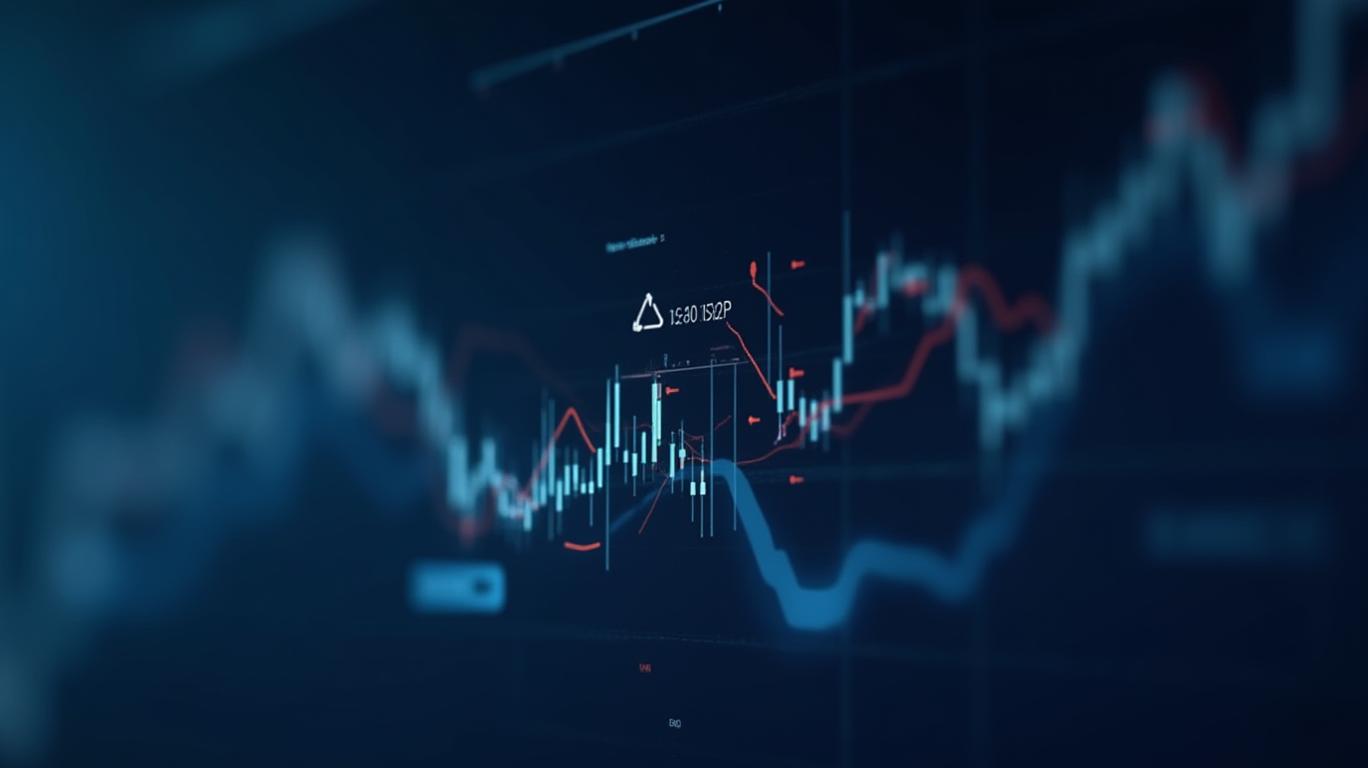DAX Index Correction: A Strategic Entry Point Amid Volatility
The DAX Index, Germany’s flagship equity benchmark, has surged to record highs in early 2025, only to face a brief yet significant correction in May. For contrarian investors, this volatility presents a rare opportunity to deploy capital into fundamentally robust sectors like industrials and technology, which now offer compelling risk-reward ratios. This article dissects the technical and valuation dynamics of the DAX correction, highlighting why the current pullback is a buying opportunity rather than a warning signal.

Technical Analysis: Support Levels Signal a Floor for the DAX
The DAX’s recent ascent to an all-time high of 24,150 in May 2025 was followed by a pullback to test critical support at 23,900–23,950, a retracement of approximately 0.8% from its peak. This correction aligns with historical patterns of mean reversion, where sharp rallies are often followed by consolidations to digest gains.
Technical indicators suggest the correction is healthy, not bearish. The RSI (14) remains above 50, signaling no oversold conditions, while the MACD shows upward momentum despite short-term dips. Crucially, the DAX has held above the 23,900 support, a level that, if breached, could trigger a deeper retest of 23,804, but such a move would require a fundamental catalyst absent in current data. For now, the index’s resilience around 23,900–23,950 marks a high-probability entry zone for bullish positions.
Valuation Fundamentals: Industrials and Tech Offer Bargain Pricing
While the DAX’s overall valuation remains elevated—its forward P/E ratio of 16.5x exceeds its 10-year average of 14.8x—certain sectors are undervalued relative to their growth prospects.
1. Industrials: Leveraging Germany’s Manufacturing Might
Germany’s industrial sector, a backbone of the economy, is trading at a P/E of 14.2x, below the DAX’s average. Companies like Siemens and Bosch benefit from rising global demand for automation and green energy infrastructure.
Despite the DAX’s recent dip, these stocks have underperformed the index, creating a mispricing opportunity. With Siemens’s 2025 earnings growth forecast at 18% and Bosch’s ESG-linked projects gaining traction, industrials are primed for a rebound.
2. Tech: A Bargain in a Disruptive Era
The tech-heavy DAX sub-index trades at a P/E of 15.1x, near its 5-year lows, despite sector-wide revenue growth of 12% YoY. Firms like SAP and Continental (in automotive tech) are undervalued given their dominance in enterprise software and autonomous driving.
SAP’s cloud revenue growth of 22% and Continental’s $2B investment in AI-driven mobility underscore secular tailwinds. Their current valuations reflect near-term macro uncertainties but ignore long-term growth trajectories.
Macro Resilience: Germany’s Economic Edge
Germany’s economy remains a pillar of European stability, with Q1 2025 GDP growth at 0.7%, outperforming forecasts. Strong export sectors and fiscal reforms—such as the €50B Green Tech Initiative—bolster corporate earnings resilience. Even as global bond yields rise, Germany’s low public debt-to-GDP ratio (64%) provides fiscal flexibility to support businesses.
Short-Term Strategy: Capture the Rebound with Precision
Investors should gradually accumulate positions in industrials and tech stocks at current levels, using the following tactics:
- Mean Reversion Play:
Buy DAX ETFs (e.g., DB1G.DE) or sector ETFs (e.g., XETRA Industrial 100) on dips to 23,900, with a stop-loss below 23,800.
Quality Over Quantity:
Target companies with strong balance sheets (debt-to-equity < 1.5x) and visible earnings catalysts (e.g., SAP’s cloud migration wins).
Options Strategy:
- Use bull call spreads on the DAX futures (e.g., FDAX), with strike prices at 24,000–24,200, to capitalize on a rebound while capping downside risk.
The Bottom Line: A Correction, Not a Crisis
The DAX’s May pullback is a natural consolidation phase after an aggressive rally, not a sign of structural weakness. Technical support, undervalued sectors, and Germany’s macro resilience all point to a compelling setup for investors. With the DAX offering a 2.1% dividend yield—higher than its 5-year average—and earnings growth intact, the time to act is now.
Final Call to Action: Deploy 5–10% of your portfolio to DAX-linked instruments at current levels, with a focus on industrials and tech. This correction is your ticket to riding the next leg of Europe’s growth story.
Disclaimer: Past performance is not indicative of future results. Investors should conduct their own due diligence and consider risk tolerance before making decisions.

Comments
No comments yet